Presence of harmful chemicals found in water sources across southern Indian capital, study finds
Research has revealed the urgent need for improved water quality in Bengaluru and other Indian cities.
10/03/2025 By BGS Press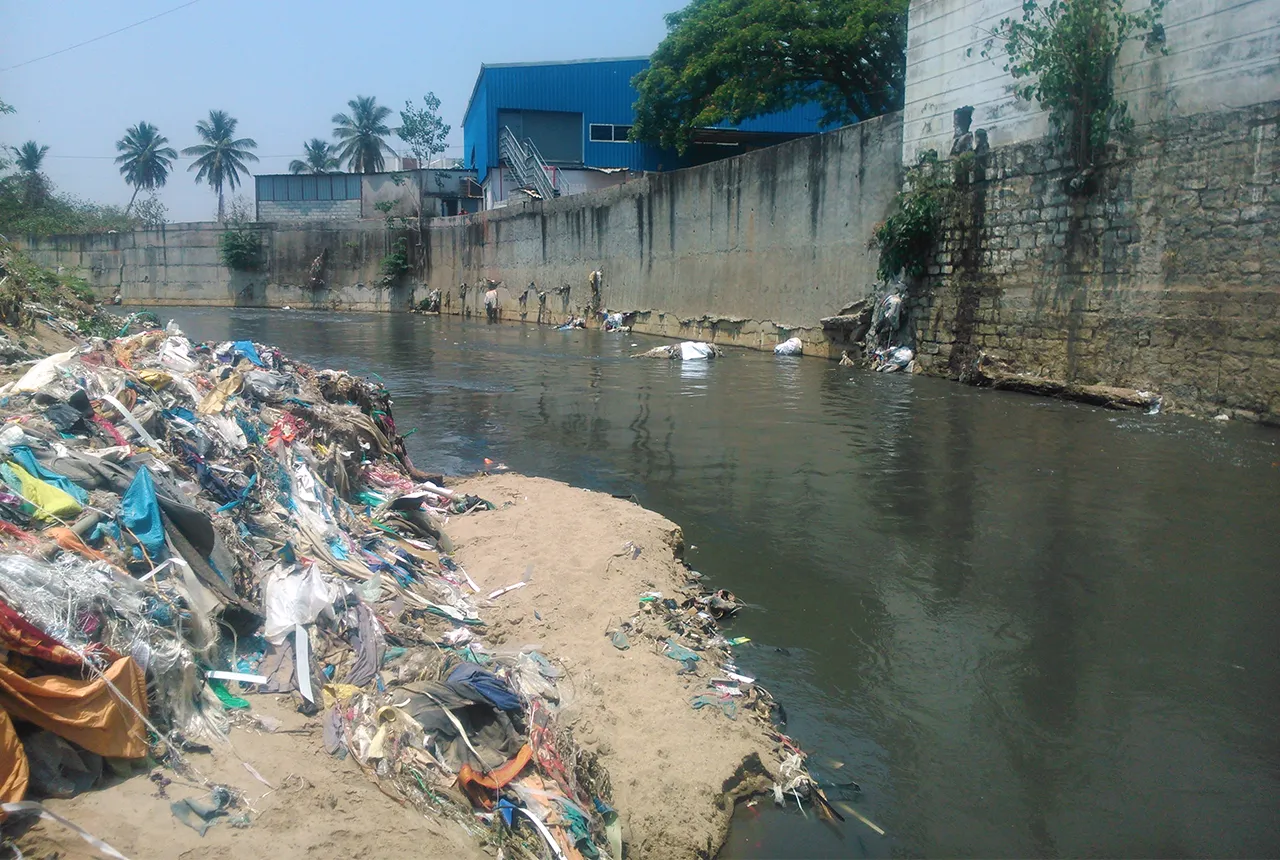
In rapidly developing urban environments, water-quality protection is particularly challenging due to diverse pollution sources. Protecting water resources by identifying pollutants is essential to safeguarding both human health and the natural environment. A new study on the presence of contaminants in water in India, led by researchers at BGS in partnership with the Indian Institute of Science (IISc) and the UK Centre for Ecology & Hydrology (UKCEH), presents the first combined assessment of emerging organic contaminants (EOC) and antimicrobial resistance (AMR) indicators from multiple water sources in the Indian city of Bengaluru.
EOCs include chemicals like pharmaceuticals, personal care products and pesticides that can end up in groundwater, often from waste water. AMR happens when bacteria become resistant to antibiotics and spread through contaminated water sources, making infections harder to treat. The new data can help local stakeholders, such as regulators, understand the local groundwater recharge mechanisms and how pollution spreads through water sources, which can affect water quality and safety.
The study
The study assessed the sources of contamination in groundwater in the city and found that contaminants could be linked to rivers, lakes and sewers or piped water, highlighting the widespread vulnerability of groundwater to different pollution sources. This information can be used to improve understanding of the water recharge processes.
Twenty-five samples were collected from groundwater, local surface waters and tap water in the Cauvery Basin in eastern India. The samples were screened for around 1500 pollutants and 125 pollutants were identified. Medical and veterinary-based compounds, including antimicrobials, were the most prevalent, being found in around 60 per cent of samples.
Forever chemicals
High concentrations of polyfluoroalkyl substances (PFAS) were also detected at concentrations higher than in previous studies in Indian cities. PFAS are known as ‘forever chemicals’ due to their durability and widespread presence in the environment, and are linked to a variety of health concerns including certain cancers and reductions in immune function. They are currently unregulated in India but, based on the EU Drinking Water Directive, the threshold for the sum of selected PFAS (0.1 μg/L) was exceeded for all water types except tap water.
Study findings
The water in Bengaluru is consumed by up to 8 million people each day, but our results have highlighted that a variety of chemicals are exceeding international regulatory standards and could pose a potential risk to humans and the natural environment.
Bentje Brauns, BGS Hydrogeologist and study leader
When we compared the levels of the AMR indicator gene to those found in the global literature, some water sources in Bengaluru had concentrations in the same order of magnitude as those found in polluted environments, including waste water and rivers near drug manufacturing facilities.
Holly Tipper, molecular biologist at UKCEH who performed the AMR analyses
The findings suggest the need for developing a comprehensive urban groundwater quality monitoring programme for Bengaluru city.
Sekhar Muddu, IISc
The study addresses a knowledge gap in the occurrence of pollutants and relationships in different water sources in urban India, reinforcing understanding that there is no ‘one size fits all’ data solution to the problem.
Tests need to be undertaken at localised sites across the country to provide a comprehensive overview of India’s water supply in order to ensure that there is minimal risk.
Bentje Brauns
Surface water bodies with recently implemented protection measures, such as prevention of sewage inflow, had fewer EOCs detected than other surface waters and were found to have much lower risk of AMR development. This shows how relatively simply urban protection measures can protect freshwater quality.
Funding
The research underlying this paper was carried out under the UPSCAPE project of the Newton-Bhabha programme, ‘Sustaining water resources for food, energy and ecosystem services’, funded by the UK Natural Environment Research Council (NERC/UKRI) [NE/N016270/1] and the Indian Ministry of Earth Sciences (MoES) [MoES/NERC/IA-SWR/P1/08/2016-PC-II (i), (ii)].
Laboratory analysis, data interpretation and write up were additionally funded by the BGS NC-ODA Grant ‘Geoscience for sustainable futures’ [NE/R000069/1] and the BGS NC International programme ‘Geoscience to tackle global environmental challenges’, NERC reference NE/X006255/1.
D S Read, H J Tipper and A A Singer were supported by the UK Natural Environment Research Council award number NE/R000131/1 as part of the SUNRISE programme delivering National Capability.
Relative topics
Related news

Modern pesticides found in UK rivers could pose risk to aquatic life
17/06/2025
New research shows that modern pesticides used in agriculture and veterinary medicines have been found for the first time in English rivers.

BGS scientists join international expedition off the coast of New England
20/05/2025
Latest IODP research project investigates freshened water under the ocean floor.
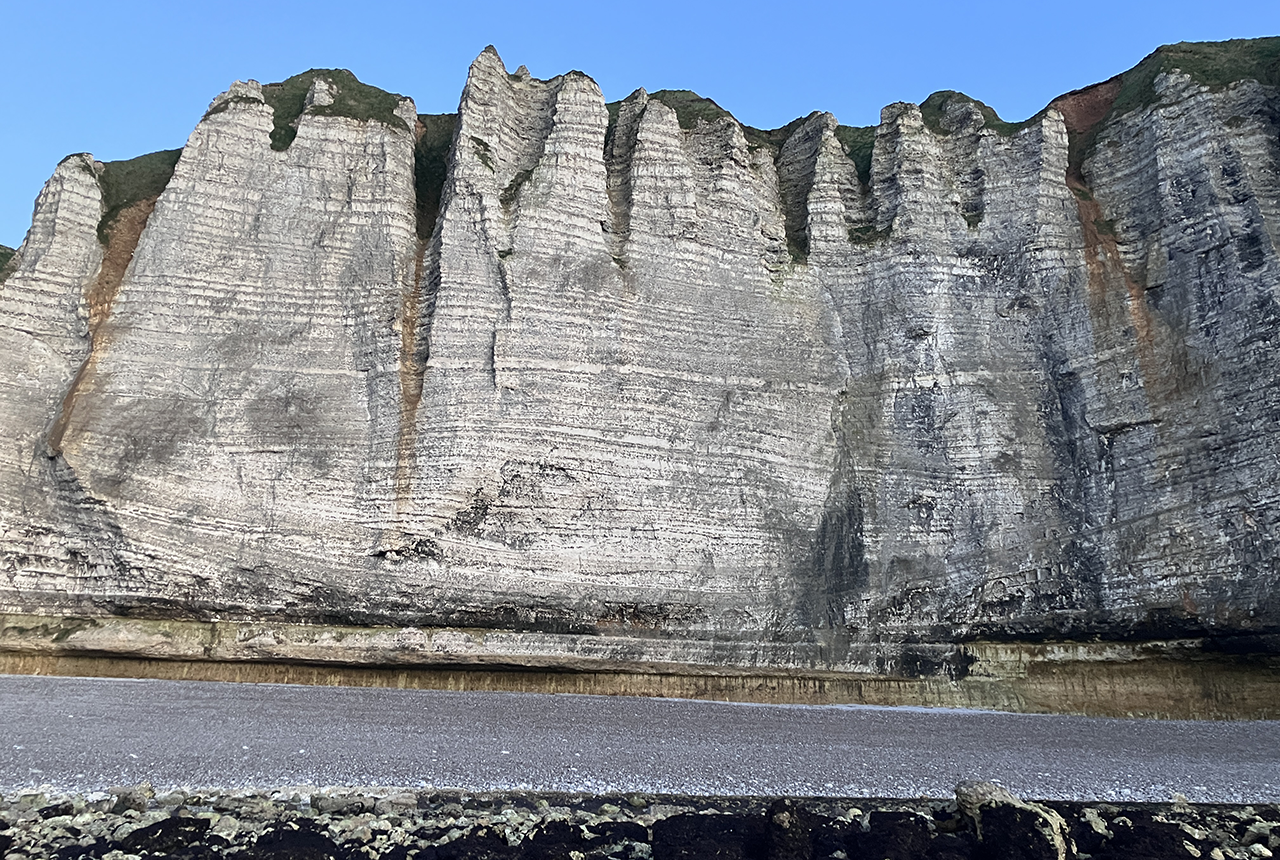
Geology sans frontières
24/04/2025
Geology doesn’t stop at international borders, so BGS is working with neighbouring geological surveys and research institutes to solve common problems with the geology they share.
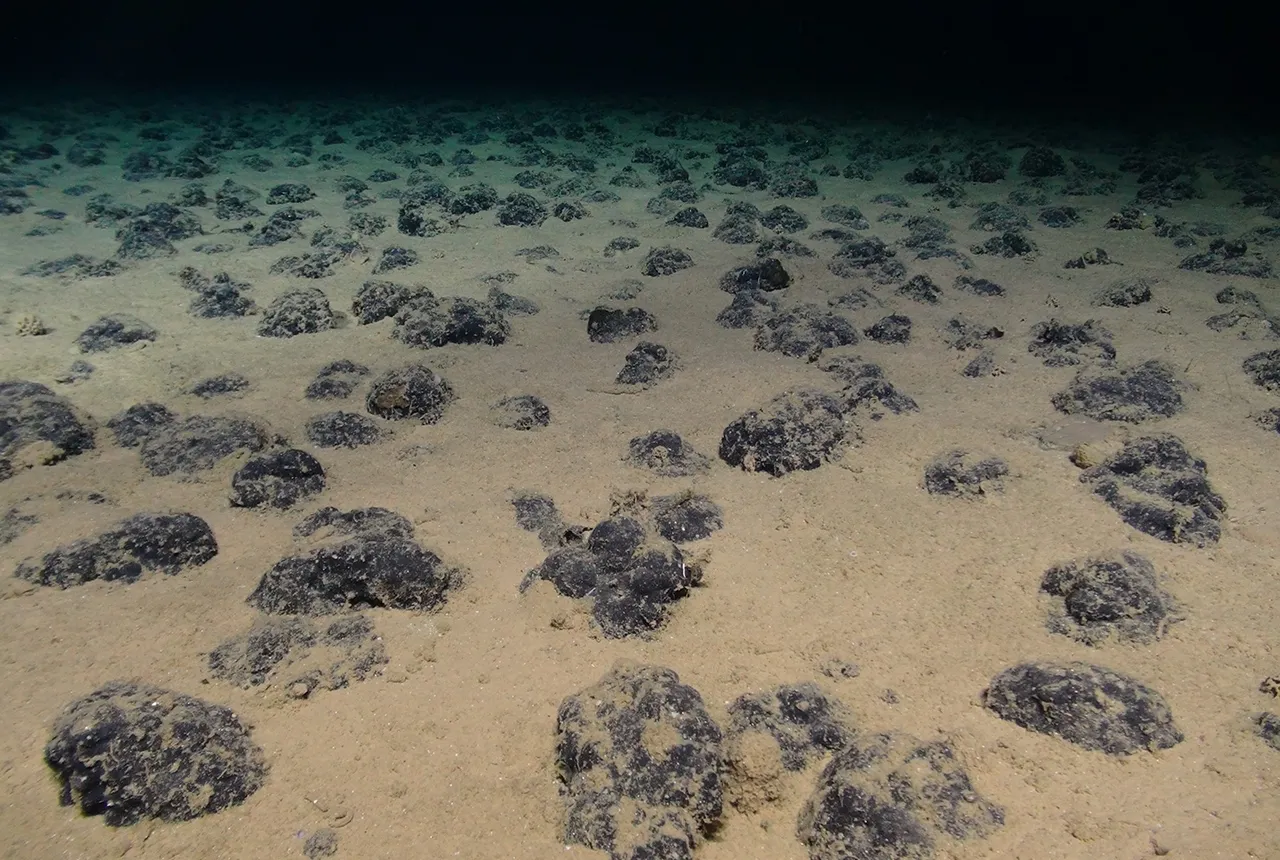
New study reveals long-term effects of deep-sea mining and first signs of biological recovery
27/03/2025
BGS geologists were involved in new study revealing the long-term effects of seabed mining tracks, 44 years after deep-sea trials in the Pacific Ocean.

BGS announces new director of its international geoscience programme
17/03/2025
Experienced international development research leader joins the organisation.

Presence of harmful chemicals found in water sources across southern Indian capital, study finds
10/03/2025
Research has revealed the urgent need for improved water quality in Bengaluru and other Indian cities.
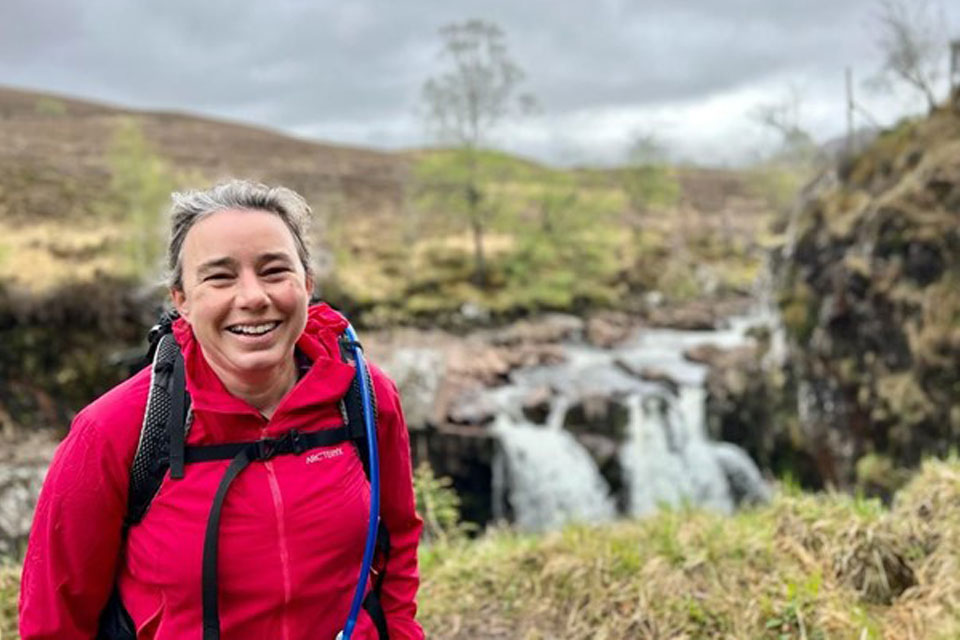
Dr Kathryn Goodenough honoured with prestigious award from The Geological Society
27/02/2025
Dr Kathryn Goodenough has been awarded the Coke Medal, which recognises those who have made a significant contribution to science.
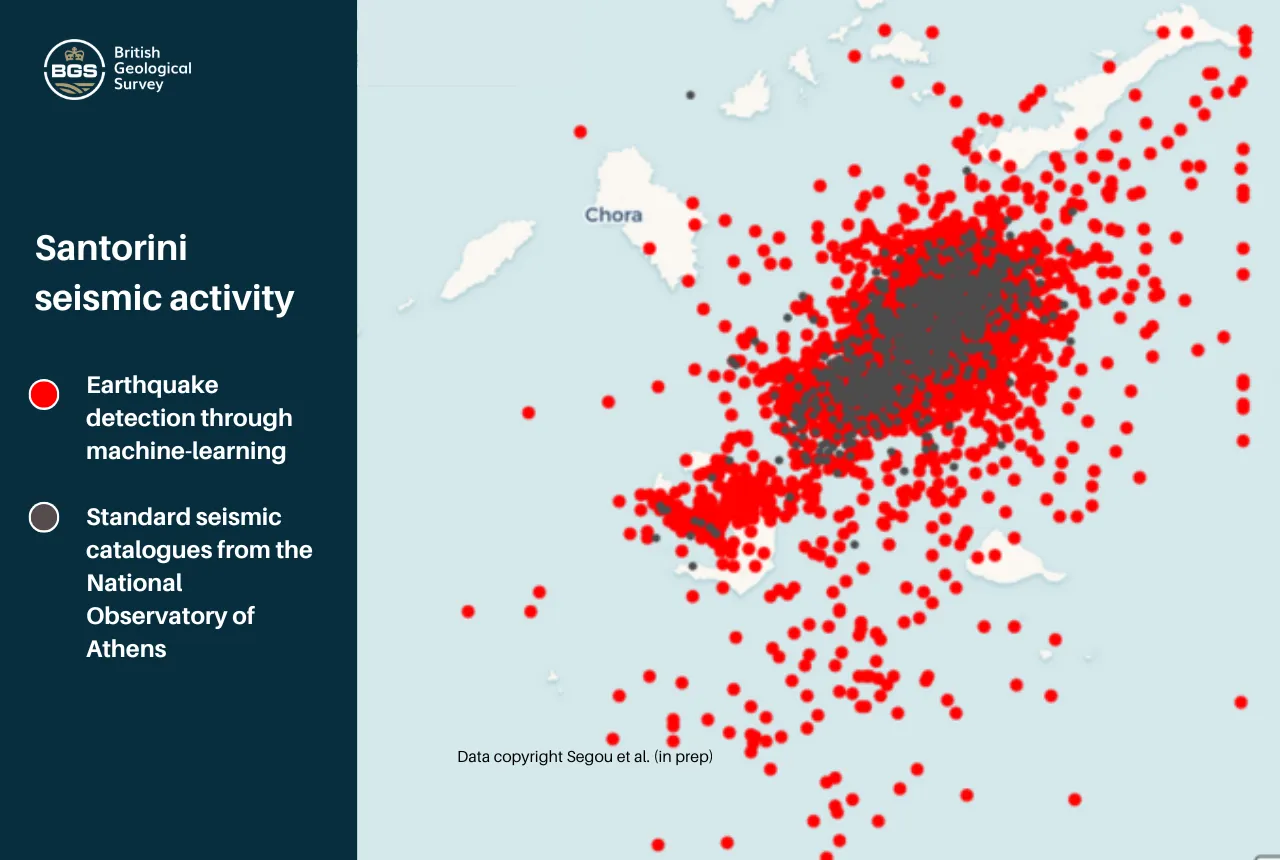
Artificial intelligence is proving a game changer in tracking the Santorini earthquake swarm
07/02/2025
Scientists are harnessing the power of machine learning to help residents and tourists by detecting thousands of seismic events.
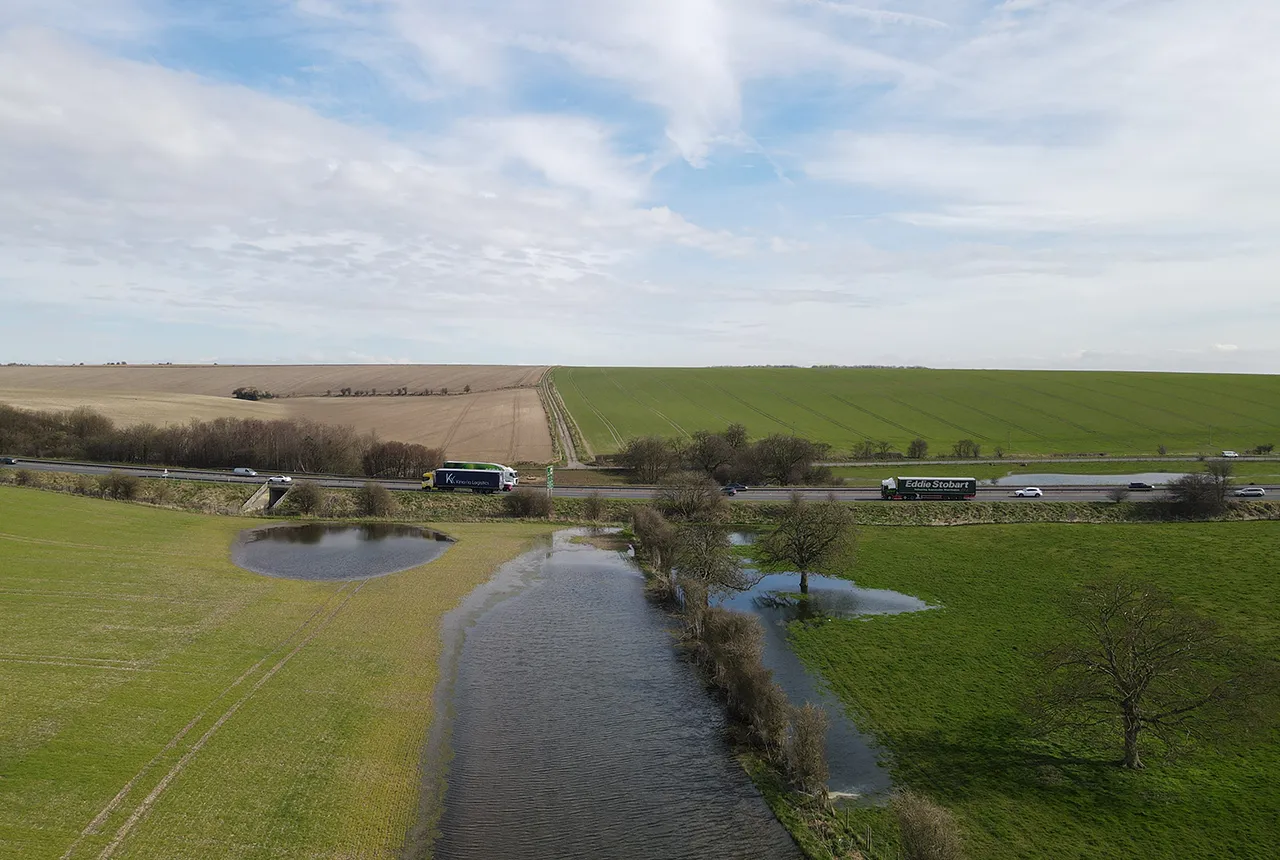
Pioneering tool expanding to analyse agricultural pollution and support water-quality interventions
06/02/2025
An online tool that shows which roads are most likely to cause river pollution is being expanded to incorporate methods to assess pollution from agricultural areas.
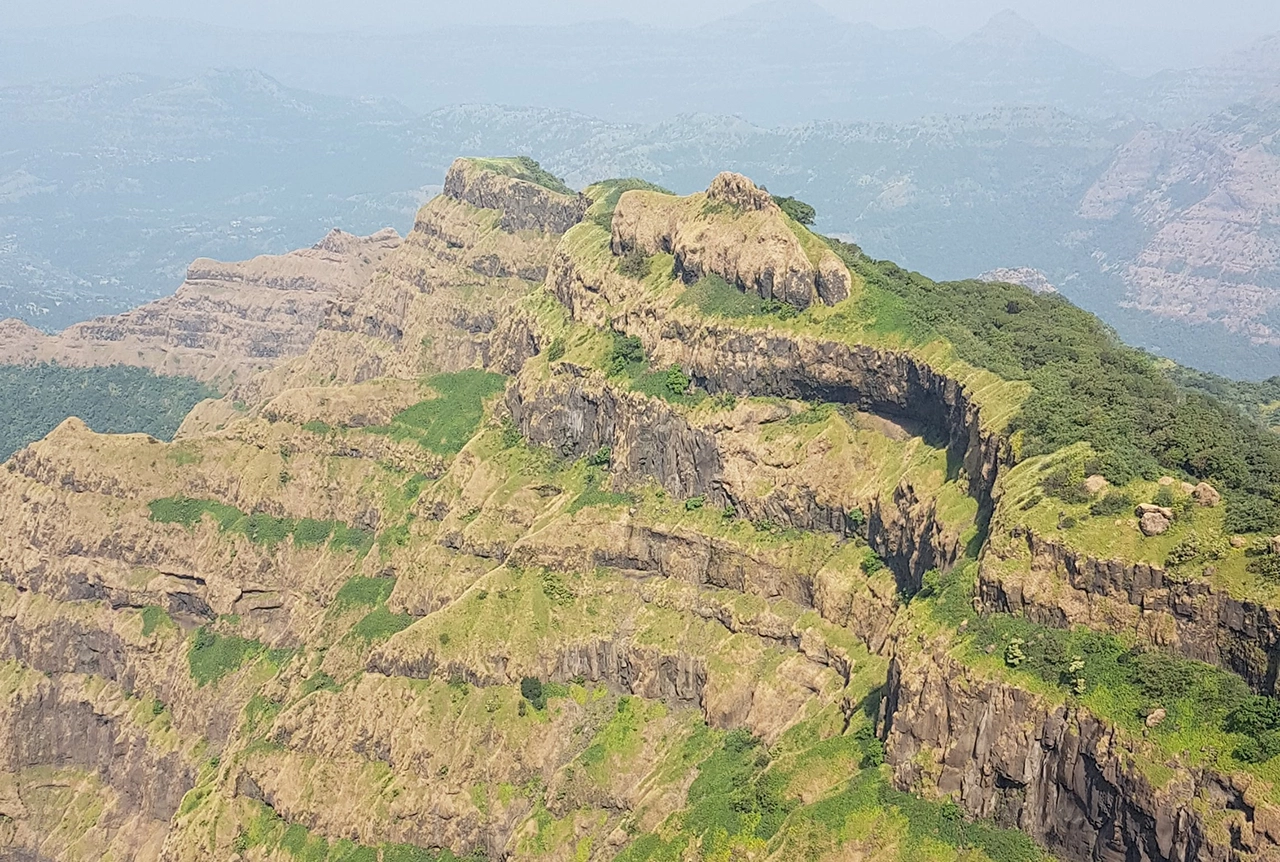
Could underground disposal of carbon dioxide help to reduce India’s emissions?
28/01/2025
BGS geologists have partnered with research institutes in India to explore the potential for carbon capture and storage, with an emphasis on storage.
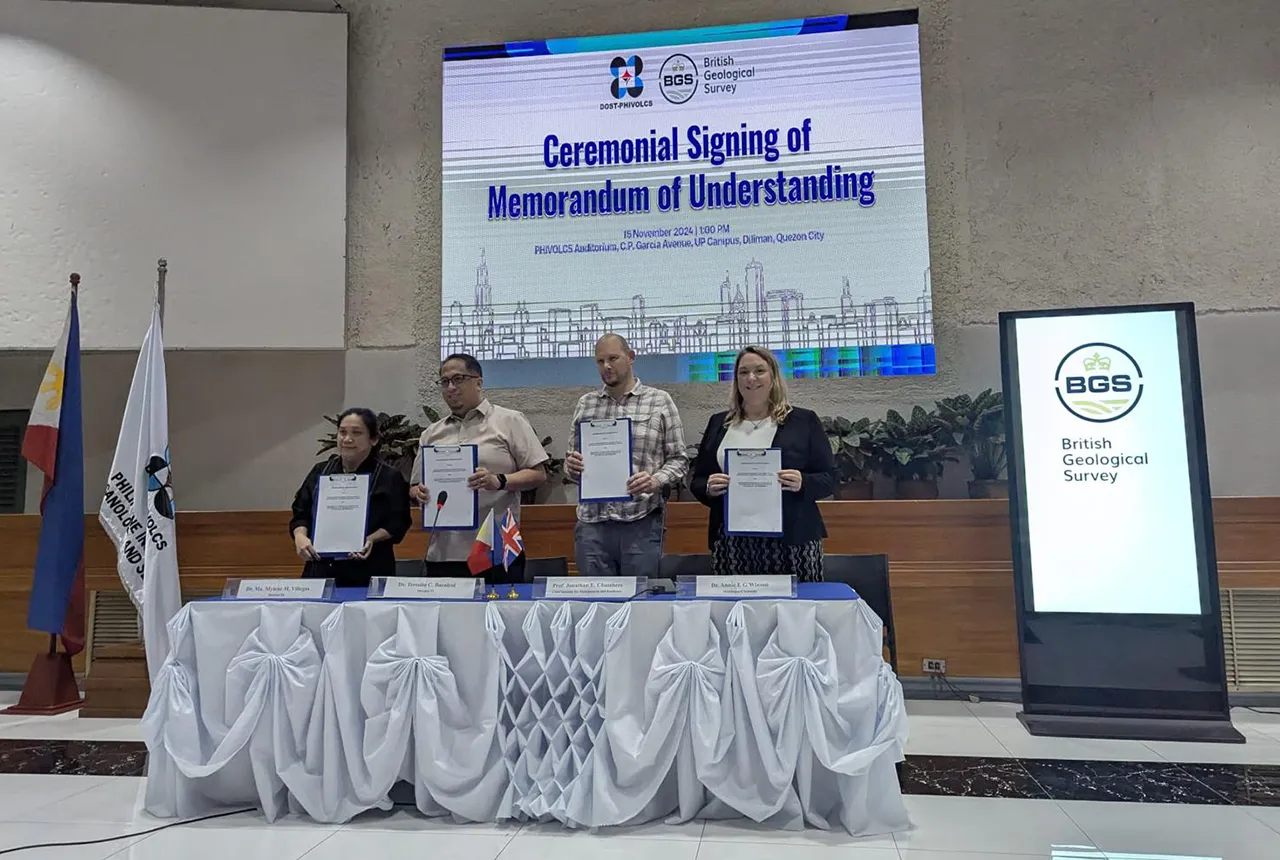
New Memorandum of Understanding paves the way for more collaborative research in the Philippines
21/01/2025
The partnership will focus on research on multi-hazard preparedness within the country.
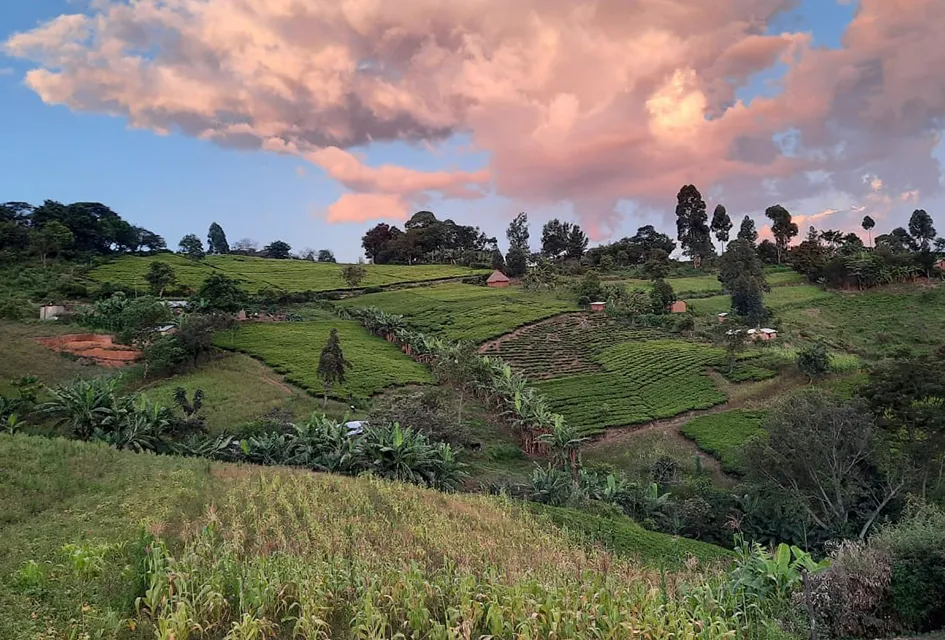
Dynamics of land-to-lake transfers in the Lake Victoria Basin
09/12/2024
In June 2024, a UK/Kenya research team shared research findings from a collaborative, four-year field and experimental programme within Kenya.



